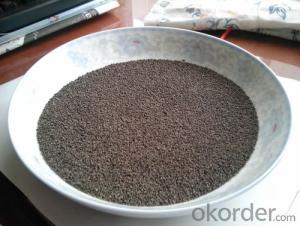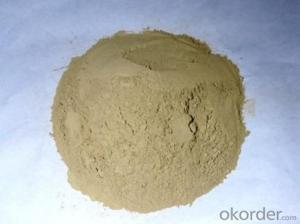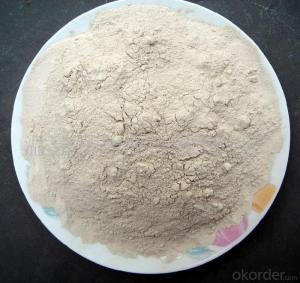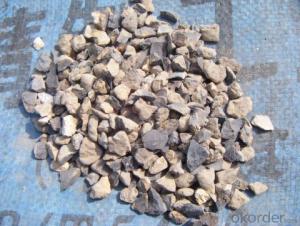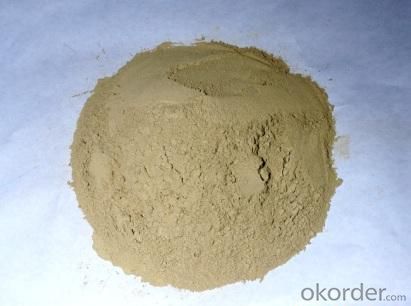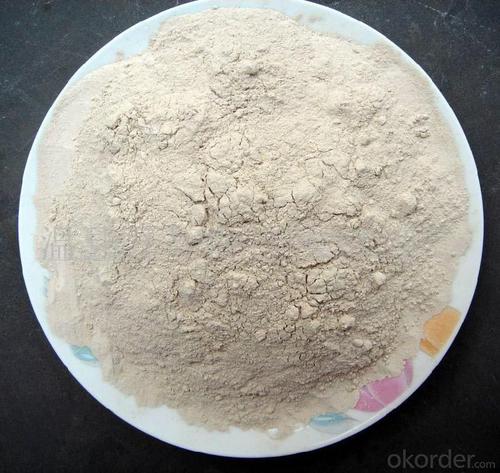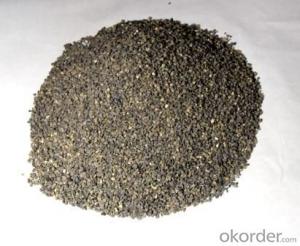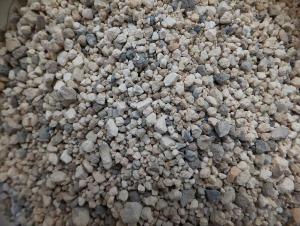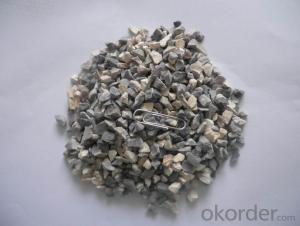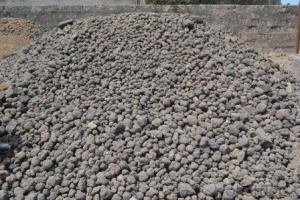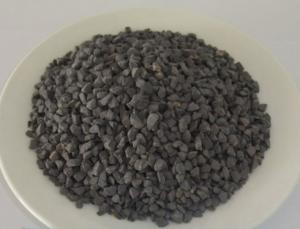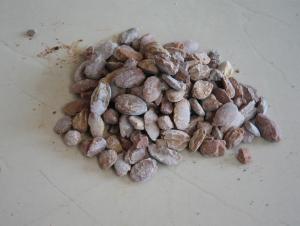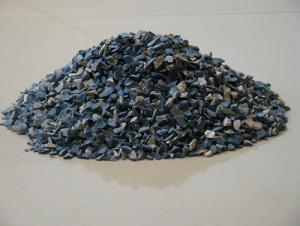Raw Materials for Refractory:Refractory Grade Calcined Bauxite 80 Pct Sands
- Loading Port:
- Tianjin
- Payment Terms:
- TT OR LC
- Min Order Qty:
- 25 m.t.
- Supply Capability:
- 12000 m.t./month
OKorder Service Pledge
OKorder Financial Service
You Might Also Like
Refractory Grade Calcined Bauxite 80 PCT Sands
Calcined Bauxite Introduction
Property | Specifications |
Name | aluminous soil ; bauxite |
Color | White, offwhite, auburnish yellow or light red (with Fe) |
Bulk Density | 2.55~3.6 g/cm3 |
Hardness | 1~3 |
Main usages | 1. Aluminium metallurgy 2.Refractory |
Calcined Bauxite Specifications

Size:
Sized Sand: 0~1mm
1~3mm
3~5 mm
5~8mm
8~12mm
Fine Powder:
100mesh
180mesh
240mesh
320mesh
Calcined Bauxite Applications
1. Aluminium metallurgy
2. Precision casting / Investment casting:
bauxite grog fines can be made into mold for precision casting.
3. Refractory: high alumina bauxite’s refractoriness can reach 1780°C.
It is charactered by good chemical stability and mechanical performance. (Al2O3 ≥48% with low Fe2O3)
4. Aluminium silicate refractory fiber: The high alumina bauxite grog can melt under 2000°C-2200°C in the electric arc furnace.After a series of processing, it can become aluminium silicate refractory fiber,
which can be made into fiber blanket, plate,cloth.
5. Mixing magnesia and bauxite grog with binders to pour the molten steel ladle for better overall lining
performance.
Usage
(1) aluminium industry. Used in national defense, aerospace, automotive, electronics, chemical industry,
daily necessities, etc.
2 precision casting. Alumina clinker made after the mould precision casting processed into fine powder.
Used in military industry, aerospace, communications, instrumentation, machinery and medical equipment department.
(3) is used for refractory products. High bauxite clinker refractoriness is as high as 1780, chemical stability strong,
and good physical properties.
(4) aluminum silicate refractory fiber. With light weight, high temperature resistance, good thermal stability,
low thermal conductivity, heat capacity is small and the advantages of resistance to mechanical shock.
Used in iron and steel, nonferrous metallurgy, electronics, petroleum, chemical, aerospace, atomic energy,
defense and other industries.
(5) in magnesia and bauxite clinker as raw materials, add the appropriate binder,
used for pouring ladle whole ladle lining has particularly good effects.
(6) manufacture alumina cement, abrasive materials,
ceramic industry and chemical industry can be aluminum of various compounds
Pictures:
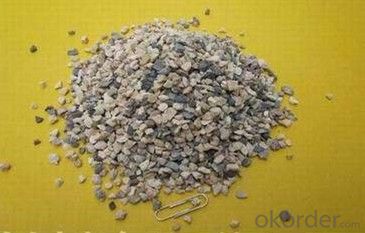
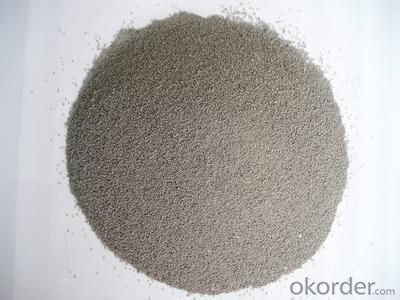
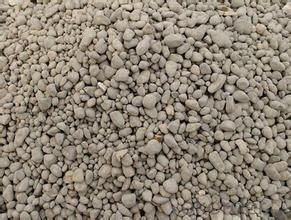
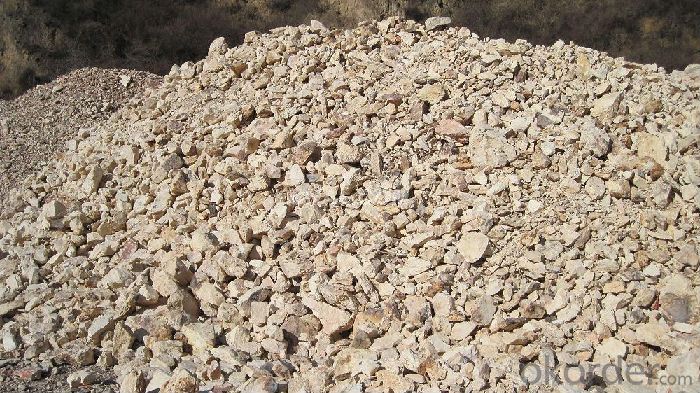
- Q: Is refractory material harmful to human body?
- The risk of mineral wool and glass fiber have cancer!
- Q: What are the refractory materials above 1000℃
- It is a piece of cake to meet your requirement, anyway you can try unshaped castables like corundum and other refractory materials used in steelmaking which are above 1500℃ basically .
- Q: What's the fire endurance of hollow brick?
- For hollow brick wall, it should be noted that outside are 200-thick coal gangue hollow brick wall on interior wall. Besides, the fire endurance should comform to GB50067-97 Fireproof code for garage, repair garage, parking lot design. 3), All joints of brick walls and concrete wall column should reserve rebar tie. Masonry mortar in internal and external walls should be full. Wall masonry should be up to bottom of beam slab and filled tightly with 1:3 cement mortar.
- Q: Is the linear change on reheating the same as heating permanent linear change of refractory material?
- “+”represents expansion. the afterexpansion and aftercontraction after cooled to be at room temperature. The change may significantly damage the masonry of thermal kiln. There are regulations on the linear change on reheating of common refractory material in the national standard. Some physical chemical changes may continue. It is defined as the change from being heated to the specified temperature of refractory material sample. Heat preserving for a while till afte cooling to be at room temperature, then the residual will expand or contract in its length, heat preservation for a while, organization vitrification, the irreversible changes of its length refers to heating the firing refractory to be at high temperature, so as to make the volume of refractory materials expand or contract, due to the influence of uneven temperature or lack of time, otherwise it will cause the deformation of the refractory ball and make this indicator within standard even reach smaller value, so firing control must be strengthened in product production. But it is should not be too high. For refractory materials with same chemical composition, the linear change on reheating is produced in the heating process. Properly increasing sintering temperature and prolonging the holding time is an effective process measures, make its firing inadequate. When subjected to high temperature, it can reduce the thermal shock resistance. Minus sign "-" represents contraction. The permanent line rate refers to heating the fire refractory ball to the specified temperature. Linear change on reheating, also known as residual linear change, is an important indicator to assess the quality of refractory in the long time use. To control the permanent line rate within the standard or reach the minimum value.
- Q: Which one is better, fire-resistant wood or steel?
- From the aspect of low-carbon and environment protection, the steel and timber structures are both OK, they are both renewable resources, the steel can be recycled and melt down again and wood can continue to be planted. Fireproof board Fireproof board is a refractory material used for surface decoration. It is widely used in interior decoration, furniture, kitchen cabinets, laboratory tables, walls, and other fields.
- Q: What is required to do refractory material?
- Can you be more specific about what aspect?
- Q: what is the Specifications Grading for Fireproof rubber insulation materials ?
- External insulation materials, welded wire mesh matt external wall insulation, external wall thermal insulation mesh matt. 1,inorganic activel thermal insulation materials 2,silicate?thermal?insulation?material 3,ceramic thermal insulation 4, gelatine powder polyphenyl granule, 5,teel wire gauze picking cement cystosepiment(Estazolam platepowder particles)6 extruded sheetXPX. 7,Rigid polyurethane coating at the scene, Polyurethane insulation board8,rigid polyurethane foam,9EPS foam board roofing materials. 1, a ceramic insulation board 2, xps extrusion board 3, perlite and perlite brick 4, vermiculite and vermiculite brick heating, air conditioning Material: Phenolic resins, polyurethane waterproof thermal insulation integration, sponge rubber, polyethylene, polystyrene foam, glass wool, rock wool Steel material: Polystyrene, extruded sheet, polyurethane panels, glass wool carpets and the like. Five inorganic thermal insulation materials: Foam cement, DY inorganic active insulation system super thin vacuum insulated panel for building external walls .
- Q: what's the detailed address of fireproof and thermal inuslation matertial market?
- Detailed address of fire insulation materials market is as follows: A: Guangzhou Huatai building materials co., LTD. Address: Guangzhou Tianhe Chepo Road no. 10 B: Address of Donglong building materials market: Guangzhou Tianhe Taian North Road no. 7 C: Address of Huiya building materials trade market : Guangzhou Tianhe Sports West Road No. 109
- Q: What is the biggest difference between refractory bricks and clay refractory bricks? Where can I find information on the refractory bricks?
- You can look up knowledge manual of refractory material to find phosphatic material, etc. Xinjiang refractory bricks, castable refractory, refractory material, silicious, corundum and alumina-magnesia: High alumina and clay refractory bricks can be divided into
Send your message to us
Raw Materials for Refractory:Refractory Grade Calcined Bauxite 80 Pct Sands
- Loading Port:
- Tianjin
- Payment Terms:
- TT OR LC
- Min Order Qty:
- 25 m.t.
- Supply Capability:
- 12000 m.t./month
OKorder Service Pledge
OKorder Financial Service
Similar products
Hot products
Hot Searches
Related keywords
